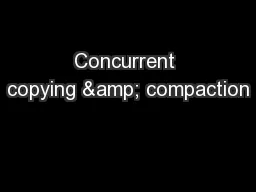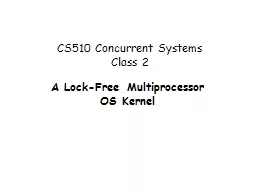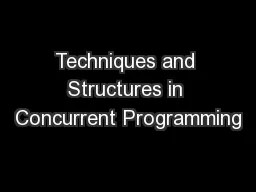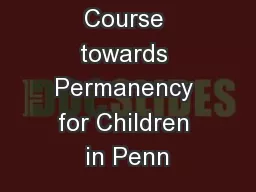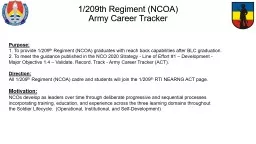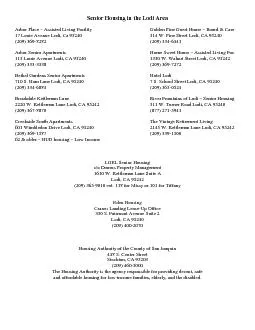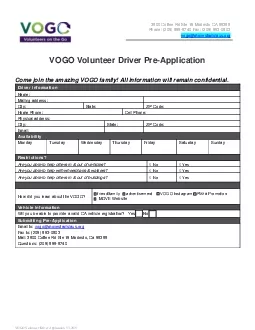PPT-209: Concurrent Planning
Author : liane-varnes | Published Date : 2019-12-05
209 Concurrent Planning Agenda Day One Introduction What is Concurrent Planning Clear Timelines Full Disclosure Family Search and Engagement Family Group Decision
Presentation Embed Code
Download Presentation
Download Presentation The PPT/PDF document "209: Concurrent Planning" is the property of its rightful owner. Permission is granted to download and print the materials on this website for personal, non-commercial use only, and to display it on your personal computer provided you do not modify the materials and that you retain all copyright notices contained in the materials. By downloading content from our website, you accept the terms of this agreement.
209: Concurrent Planning: Transcript
Download Rules Of Document
"209: Concurrent Planning"The content belongs to its owner. You may download and print it for personal use, without modification, and keep all copyright notices. By downloading, you agree to these terms.
Related Documents

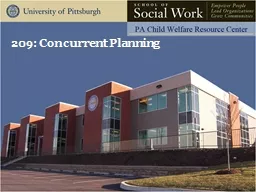
![)/:%7+.0!7%&!!6*0�-!%&D(&,-V!!!!!!E&9*,)!8*0-!&#x] Tj;&#x ET ;&#xQ q ;](https://thumbs.docslides.com/143415/7-0-7-6-0-d-v-e-9-8-0-x-tj-x-et.jpg)
